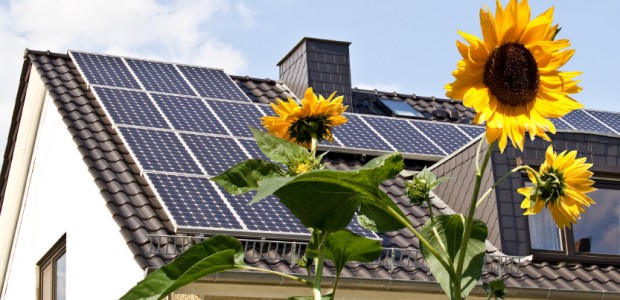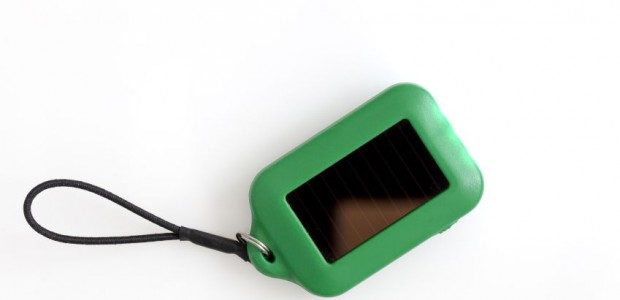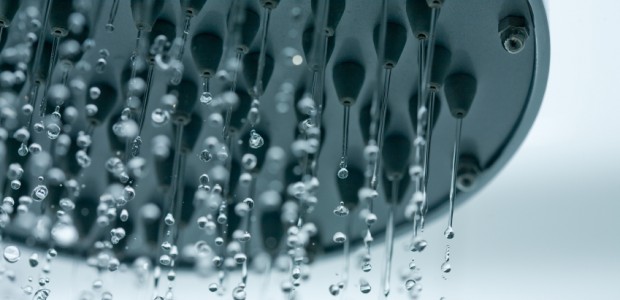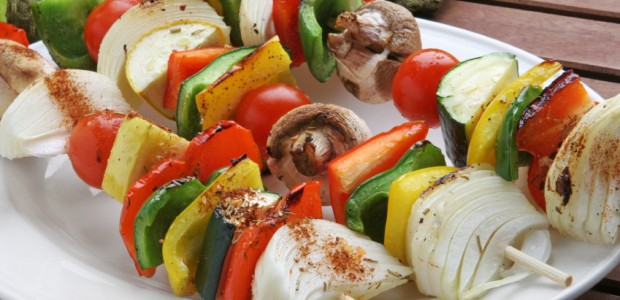Looking for a simple and easy dinner recipe? We have found the perfect meatless Monday recipe for you! This recipe will take you about 25 minutes to make and it tastes delicious. Pair with a simple garden salad and a glass of wine!
Mushroom and Asparagus Fettuccine
Ingredients
8 ounces dried fettuccine or linguine (or your favorite pasta)
8 ounces asparagus, trimmed and cut into 1-1/2-inch pieces
3 cups sliced fresh mushrooms
1/2 cup chopped onion
3 cloves garlic, minced
1 tablespoon olive oil
1/3 cup mushroom broth or vegetable broth
1/4 cup half-and-half or light cream
1/4 teaspoon salt
1/8 teaspoon black pepper
1 cup chopped plum tomatoes
1 tablespoon finely shredded fresh basil
1 tablespoon finely shredded fresh oregano
1/4 cup pine nuts, toasted
Optional Ingredients
Finely shredded Parmesan cheese (optional)
Directions
Cook fettuccine or linguine according to package directions, adding asparagus the last 1 to 2 minutes of cooking; drain. Return pasta mixture to saucepan; cover and keep warm.
Meanwhile, in a large skillet cook mushrooms, onion, and garlic in hot oil over medium-high heat for 4 to 5 minutes or until most of the liquid is evaporated. Stir in broth, half-and-half, salt, and black pepper. Bring to boiling. Boil gently, uncovered, for 4 to 5 minutes or until mixture is slightly thickened. Stir in tomatoes, basil, and oregano; heat through.
Spoon the mushroom mixture over pasta mixture; toss gently to coat. Divide among 4 bowls or dinner plates. Sprinkle with pine nuts and, if desired, Parmesan cheese. Serve immediately.













